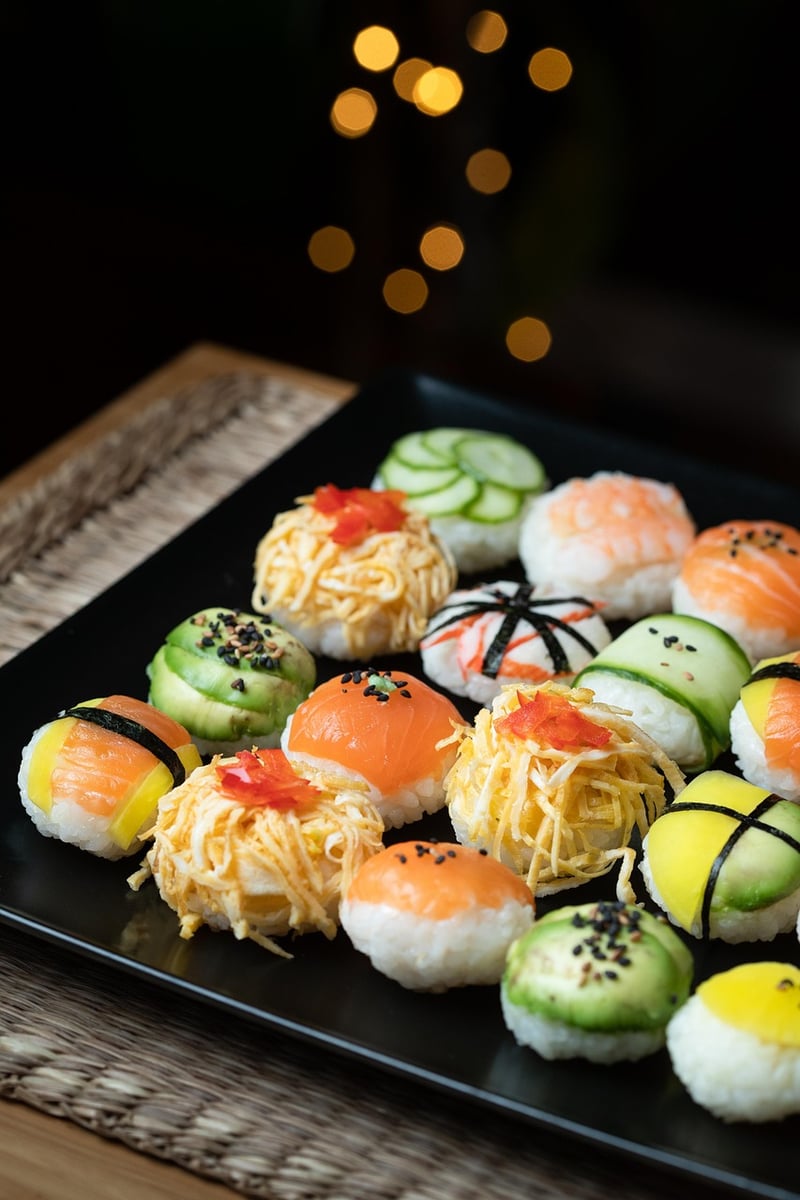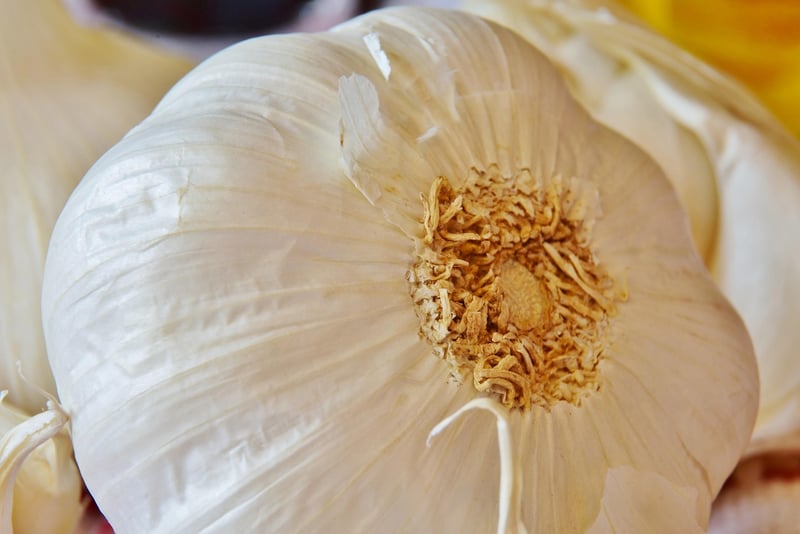International Flavors
Exploring International Flavors: Key Elements to Delight Your Taste Buds
When it comes to culinary experiences, exploring international flavors can transport you to distant lands without leaving your kitchen. Whether you're a seasoned foodie or just starting to broaden your palate, discovering the key elements of international cuisines can add a whole new dimension to your meals. Let's dive into some essential components that define and distinguish flavors from around the world.
1. Spices and Seasonings
Spices are the heart and soul of many international dishes. From the fiery heat of chili peppers in Mexican cuisine to the aromatic blend of garam masala in Indian dishes, each culture has its signature spices that lend depth and complexity to their food. Exploring new spices can open up a world of flavor possibilities.
2. Sauces and Condiments
Sauces and condiments play a crucial role in enhancing the taste of a dish. Whether it's the tangy-sweet teriyaki sauce in Japanese cooking or the creamy tzatziki in Greek cuisine, these flavorful additions can take a meal from ordinary to extraordinary. Experimenting with different sauces can add a unique twist to your cooking.
3. Ingredients and Staples
Every culture has its staple ingredients that form the foundation of its cuisine. From rice and noodles in Asian dishes to olive oil and tomatoes in Mediterranean cooking, these ingredients not only provide sustenance but also contribute to the distinct flavors of each region. Incorporating these staples into your meals can help you capture the essence of a particular cuisine.
4. Cooking Techniques
Traditional cooking techniques often define the character of a cuisine. Whether it's the art of stir-frying in Chinese cuisine or the slow braising in French cooking, mastering these techniques can elevate your dishes to a whole new level. Experimenting with different cooking methods can help you understand the nuances of international flavors.
5. Presentation and Garnishes
Finally, presentation plays a significant role in the culinary world. The way a dish is plated and garnished can enhance its visual appeal and make it more appetizing. From delicate microgreens in fine dining to vibrant salsas in Mexican street food, paying attention to presentation can elevate the overall dining experience.

Embark on a culinary journey around the world by incorporating these key elements of international flavors into your cooking. Whether you're craving the bold spices of India or the fresh herbs of Italy, there's a whole world of tastes waiting to be explored. So, roll up your sleeves, stock up on exotic ingredients, and get ready to delight your taste buds with a symphony of flavors from across the globe.
Remember, the beauty of international cuisine lies in its diversity and richness, so don't be afraid to experiment and create your own fusion dishes that reflect your unique culinary perspective. Happy cooking!
